A number of tour companies in Mumbai run a controversial Dharavi Slum tour. The massive Mumbai slum, made famous in the Channel 4 film ‘Slumdog Millionaire’, (although only about ten minutes of the film was actually filmed in the slum). Reality Tours and Travel is the company we chose to do the tour with as 80% of the profits go towards the agency’s NGO, Reality Gives, running an English Language Support Program at municipal schools, sports and art programs and a nutrition program among other projects. The word slum has negative connotations for most people, as it did for all three of us before our tour began, however, by the time the tour was over we had a completely different perception of what goes on inside this thriving neighbourhood.
Comprising of four hundred and thirty two acres (that’s over forty soccer pitches!), the one hundred and seventy-one year old Dharavi Slum is divided into two very different areas, the commercial sector and the residential sector. Beginning our tour in the commercial zone, our guide took us around the various industries such as recycling, leather production and tailoring, to name just a few.
In fact, seventy to eighty percent of Mumbai’s recycled plastic comes from the Dharavi Slum, that’s quite a figure! The industry here annually is worth a staggering thirty billion rupees (US$665million) and while the work here is hard and the conditions are tough, everyone is paid a fair wage, relative to the cost of living. Workers in Dharavi earn approximately one hundred and fifty rupees per day which is well above the Indian minimum wage of only sixty rupees a day.
These figures can change from industry to industry and also are dependent on skill level, for example men doing skilled work such as sewing can make two hundred and twenty rupees to two hundred and fifty rupees per day and this can increase if productivity increases. Unfortunately in many industries, especially recycling, this incentive to make more money based on increased productivity brings with it a problem. Factories are often not well ventilated and toxic fumes can cause serious health problems if workers are overexposed, particularly during activities such as melting plastic. While factory owners provide safety equipment to the workers, many of the men choose not to use/wear them because firstly it’s too hot and secondly it can slow down productivity. There is a lot of credit due to these workers for doing an honest days work for an honest days pay. Mumbai’s streets are full of people begging and a whopping eighty-five percent of these beggars are pros, earning a thousand rupees or more a day in the most dishonest way possible, taking advantage of other people’s kindness. Instead of putting out their hand looking for a free ticket, these men are putting in the graft and that should be recognised.
Most of the men working in the slum are from rural agricultural communities in the states of Uttar Pradesh and Bihar moving to Dharavi, usually for a period of five years, in order to make money for their family back home. Coming to work in the various industries in Dharavi for a period of time like this can dramatically improve the lives of these families for the better. Men in the industrial sector here commonly put in a six day week, working twelve hour days. It is not uncommon for the workers to sleep and eat at the factory during their time in Mumbai as part of an all-inclusive package, allowing them to maximise the amount of money they can send home and for the factory owners this is a way of having free twenty-four hour security for their premises.
As we left the commercial centre we made our way through some very narrow streets into the residential area of the slum. Dharavi slum is one of the biggest in the world and is the biggest slum in Asia. In Mumbai alone there are more than two thousand slums and in a city which is considered a global financial powerhouse and is famed for it’s booming commercial sector we were shocked to hear that 55% of Mumbai’s population lives in a slum.
In Dharavi, the people who live inside the slum are middle class people, who work outside of the slum area as most of the work inside the slum is carried out by migrant workers from other states in India. As part of the tour we were brought inside a typical home which was a simple one room premises with a counter for cooking, a small wash area in the corner and a shelf running the width of the room near the roof at the back, pretty cramped for a family and often the cooking is done outside as the room gets too hot when cooking indoors. After viewing a typical home our guide led us on to the community centre which the agency’s NGO, Reality Gives, runs. Here they teach different classes and skills and they also organise social events for children such as a soccer team for girls and cricket for boys.
When the tour was over it was back to the field office where some merchandise was on sale to help raise further funds for the various projects which the agency is running in Dharavi. Our opinions had changed dramatically about the word slum and negative emotions people feel when they hear this term. In Dharavi there are ten thousand businesses owned by eight thousand different owners, all of which have moved out of the slum and on to new lives. From these wealthy business men, now driving big cars and living in nice houses to the migrant workers who can earn a better wage here than back in the fields of their home town and a better life for them and their family, Dharavi slum has provided many people a chance to grow and prosper for over a hundred and seventy years and long may it continue to do so.
NOTE: All images were provided by Reality Tours and Travel as taking photographs during the tour is prohibited.

Brian is a travel writer, photographer, blogger, travel addict and adventure-junkie. Being outdoors, getting off the beaten track and outside his comfort zone is what makes him tick. Brian’s the dreamer in the relationship; when he’s not travelling, he’s dreaming about it! Keeping fit, cooking, music and red wine take up the rest of his time.
Sign up for our free travel photography Ebook "Faces of Nepal" and you'll also receive our monthly newsletter.

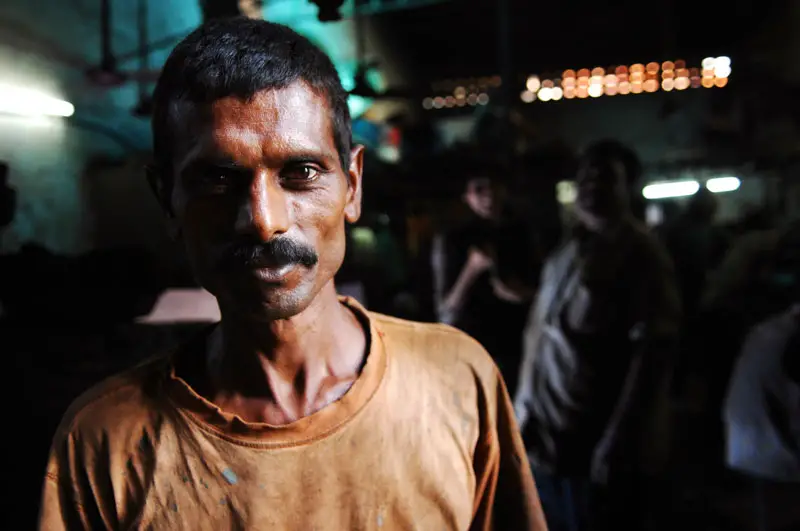
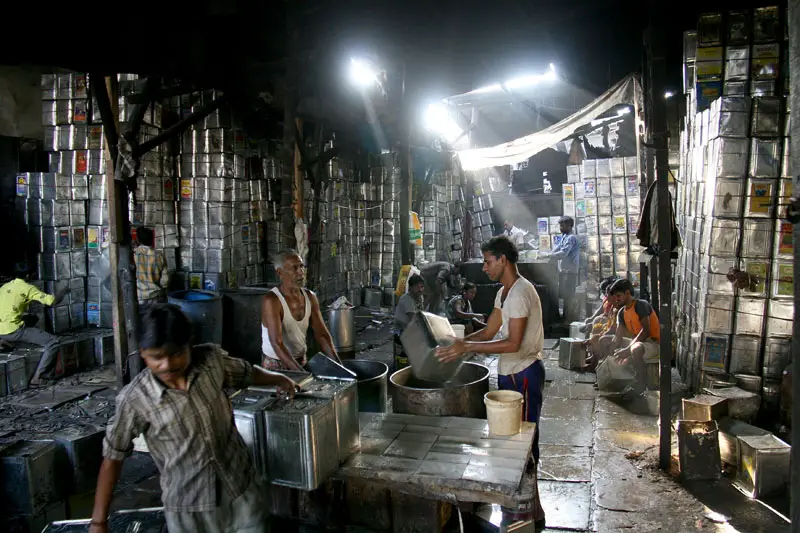
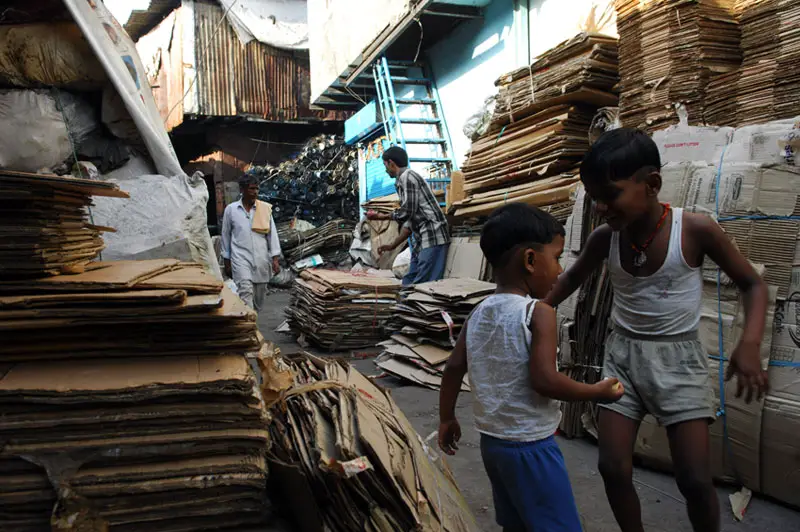
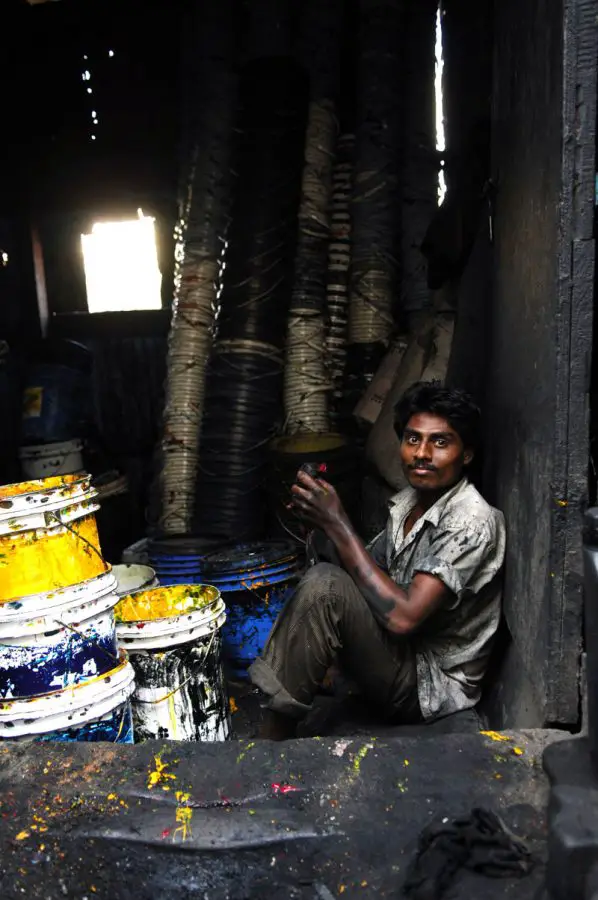


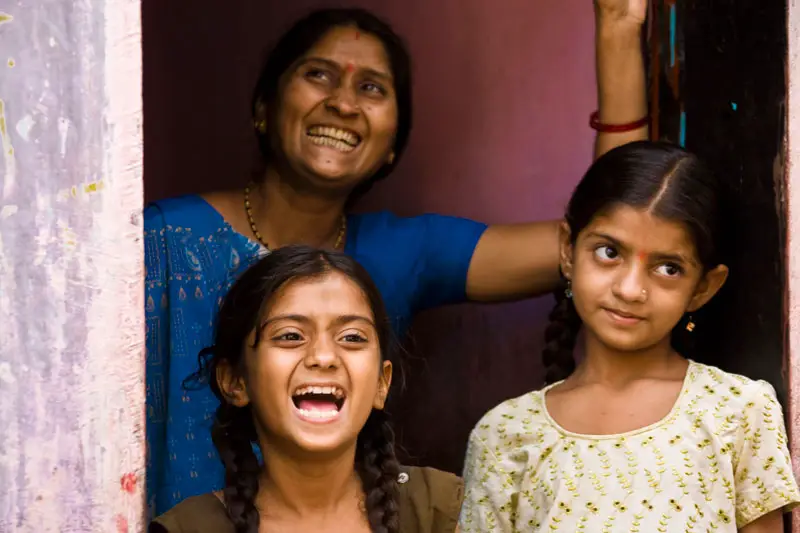




Hi Brian,
Thanks for taking the time to visit and learn about Dharavi (and write about it!) and we’re glad you enjoyed our tour! Best of luck with the rest of your travels!
Steph
Reality Tours and Travel
Hi Steph,
Thanks, we had a great time, it was an excellent tour- thank you to you and all the team at Reality Tours and Travel. I hope others will come across this post and visit Dharavi- it’s a very different and interesting side to Mumbai!